Indigenous Governance Database
Constitutions and Constitutions Excerpts
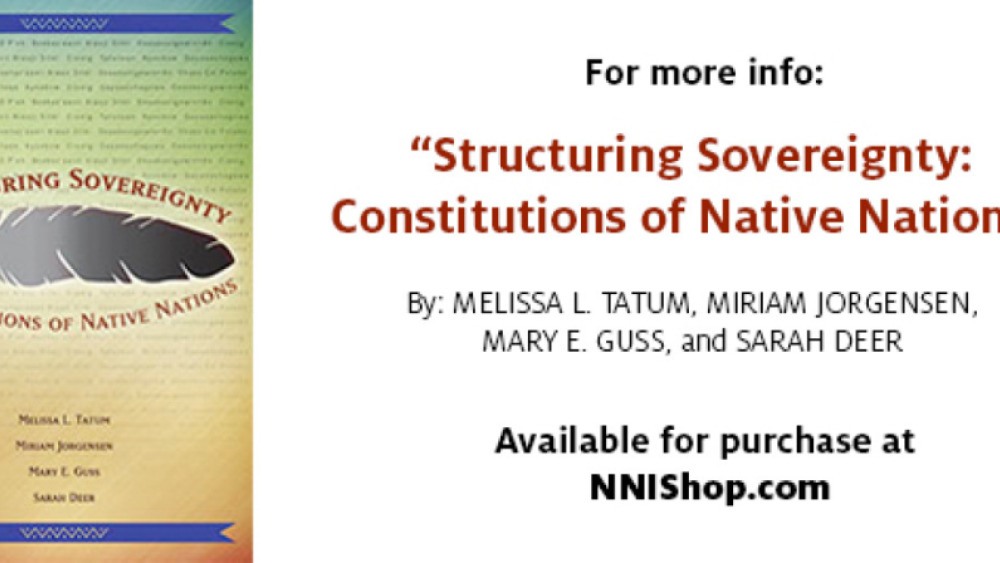
Confederated Salish and Kootenai Tribes, Constitutional Bylaws: Legislative Functions Excerpt
Article II - Ordinances and Resolutions Section 1. All final decisions of the Council on matters of general and permanent interest to the members of the Confederated Tribes shall be embodied in ordinances. Such ordinances shall be published from time to time for the information and education of the…

Muscogee (Creek) Nation: Legislative Functions Excerpt
ARTICLE VI - [Legislative Branch] Section 6. (a) Every bill which shall have passed the Muscogee (Creek) National Council, before it becomes ordinance, shall be presented to the Principal Chief of the Muscogee (Creek) Nation. If he approves, he shall sign it; but, if not, he shall return it…
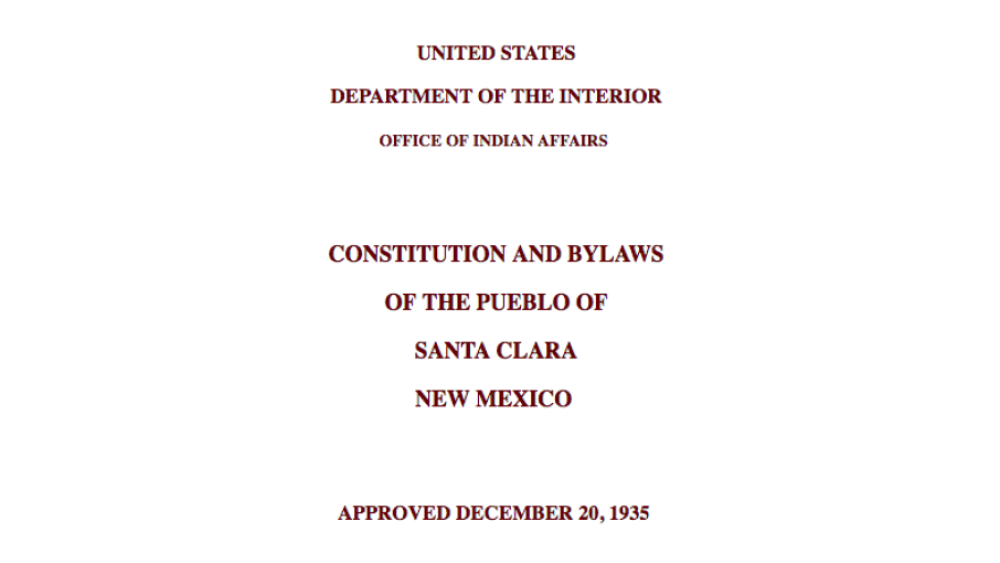
Pueblo of Santa Clara: Legislative Functions Excerpt
ARTICLE IV-THE PUEBLO COUNCIL AND ITS POWERS SECTION 1. Legislative power.-The legislative power shall be vested in the pueblo council, and the said power shall be exercised in accordance with, and not in conflict with, the constitution or any laws of the United States of America. The pueblo…
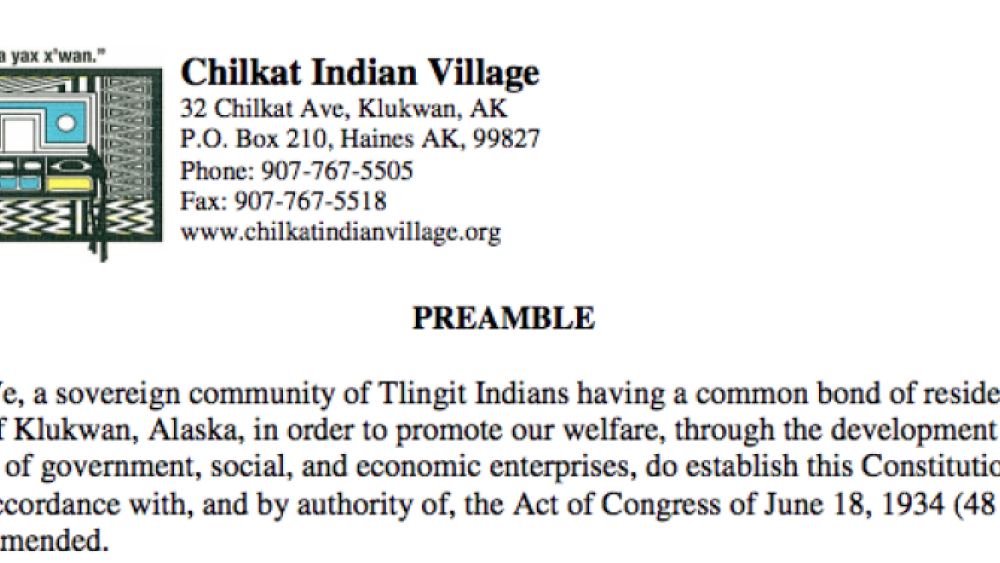
Chilkat Indian Village: Legislative Functions Excerpt
ARTICLE V — POWERS OF THE VILLAGE Section 1. The Council shall have the power: (n) To adjudicate matters of a civil and criminal nature, arising within the Tribe’s jurisdiction and to establish tribal courts if deemed necessary for that purpose. (o) To enact ordinances and take any other action…
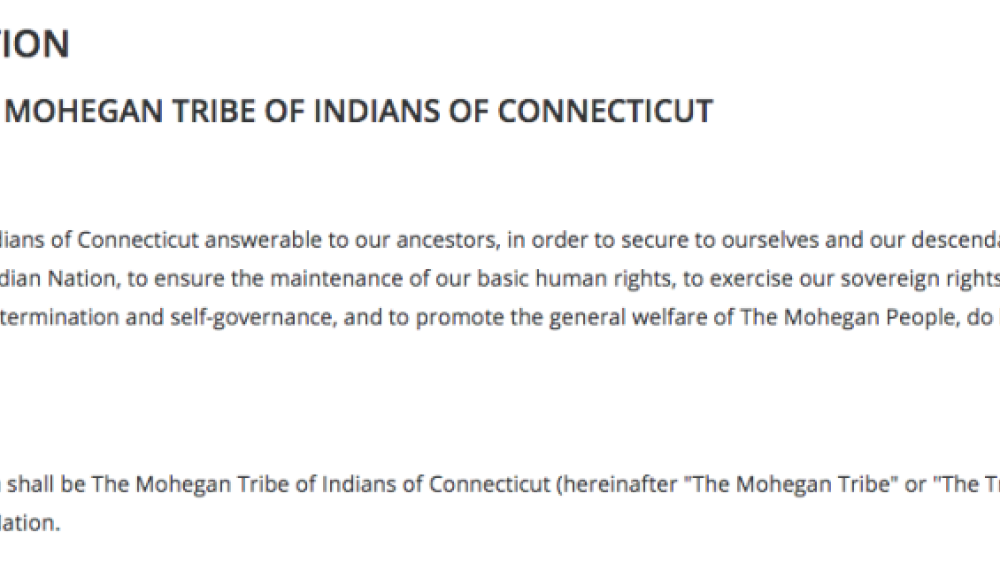
Mohegan Tribe: Legislative Functions Excerpt
ARTICLE IX. - POWERS AND DUTIES OF THE TRIBAL COUNCIL Section 1. - [Generally.] All legislative and executive powers of The Mohegan Tribe not granted to The Council of Elders shall be vested in The Tribal Council and shall be exercised in accordance with this Constitution and laws of…
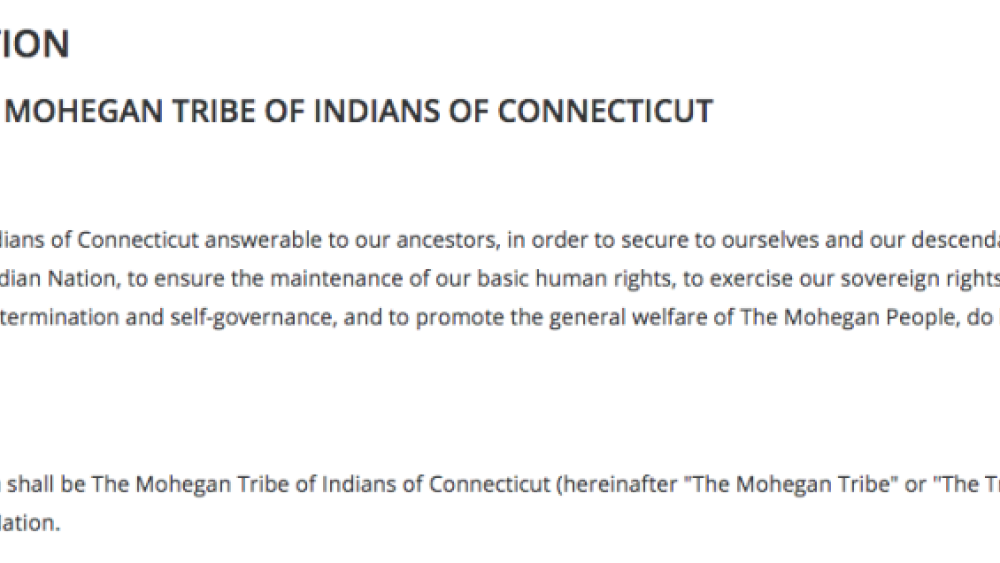
Mohegan Tribe: Judiciary Functions/Dispute Resolution Excerpt
ARTICLE X. - POWERS AND DUTIES OF THE COUNCIL OF ELDERS Section 2. - [Specific Judicial Review Powers.] (h) to establish and enforce rules of tribal custom, consistent with applicable federal statutes and the applicable regulations of the Secretary of the Interior, for the management of…
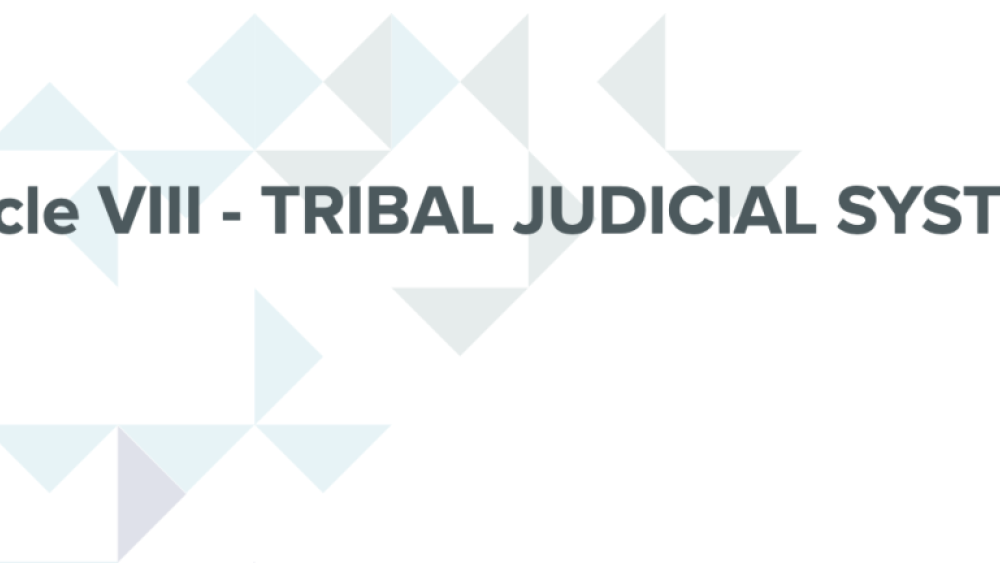
Ione Band of Miwok Indians: Judiciary Functions/Dispute Resolution Excerpt
Article VIII - TRIBAL JUDICIAL SYSTEM The judicial power ofthe Tribe shall be vested in the Tribal Council until such time as Tribal court(s) or other appropriate forums may from time to time be established by ordinance(s) for that purpose. Said ordinance(s) shall ensure the impartiality and…
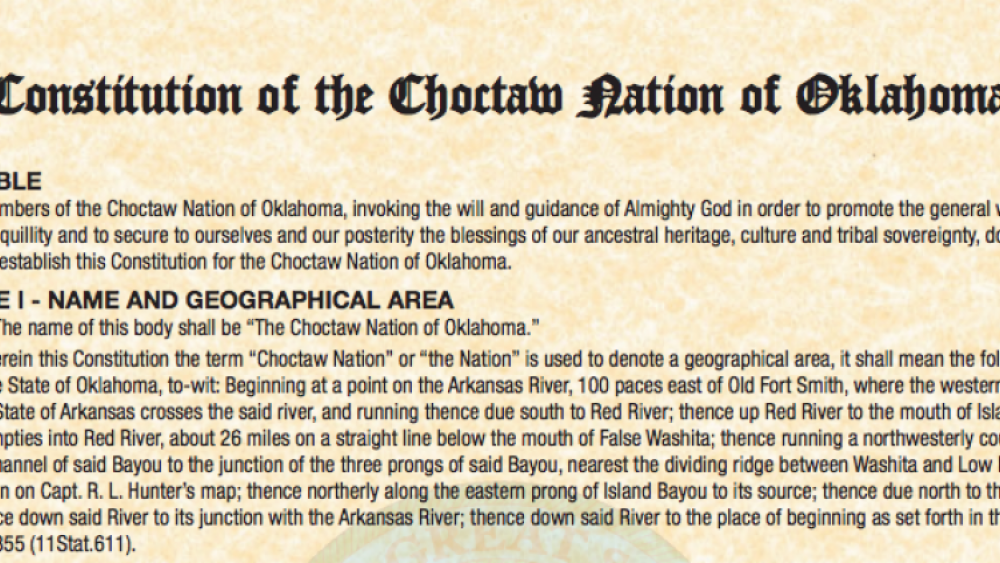
Choctaw Nation of Oklahoma: Judiciary Functions/Dispute Resolution Excerpt
ARTICLE XII - JUDICIAL DEPARTMENT Section 1. The judicial authority of the Choctaw Nation shall be vested in a Tribal Court which shall consist of three (3)-member Court appointed by the Chief with the advice and consent of the Tribal Council. One (1) such member,the presiding judge, shall be a…
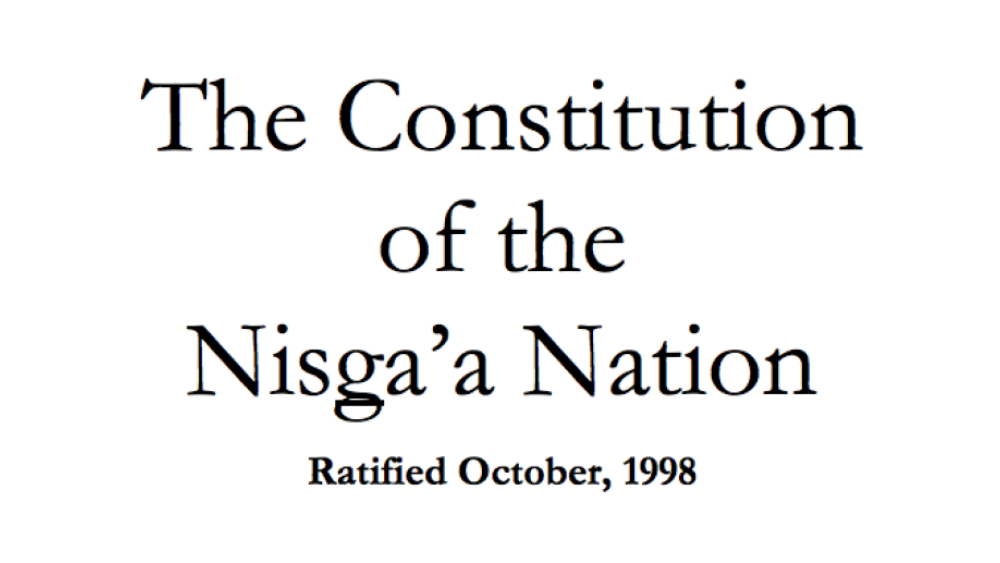
Nisga’a Nation: Judiciary Functions/Dispute Resolution Excerpt
CHAPTER 8-DISPUTE RESOLUTION 48. Principles of dispute resolution Nisga’a seek to resolve disputes based on values expressed in the Ayuuk, including: (a) preserving the unity of the Nisga’a Nation; (b) maintaining the dignity of and respect for each individual; (c) acknowledging wrongdoing,…

Standing Rock Sioux Tribe: Judiciary Functions/Dispute Resolution Excerpt
ARTICLE XII: JUDICIARY The judicial power of the Tribe shall be vested in one Supreme Court and one Tribal Court. The Judges of both the Supreme Court and the Tribal Court shall initially be appointed by a two-thirds majority vote of the Tribal Council to serve an initial term of…

Jicarilla Apache Tribe: Judiciary Functions/Dispute Resolution Excerpt
ARTICLE VI-POWERS OF THE REPRESENTATIVE TRIBAL COUNCIL SECTION 4. Peace and Order.-The Council may make regulations, subject to review by the Secretary of the Interior, to protect the peace, safety, morals, and general welfare of the reservation, to provide a means of settling disputes, and to…
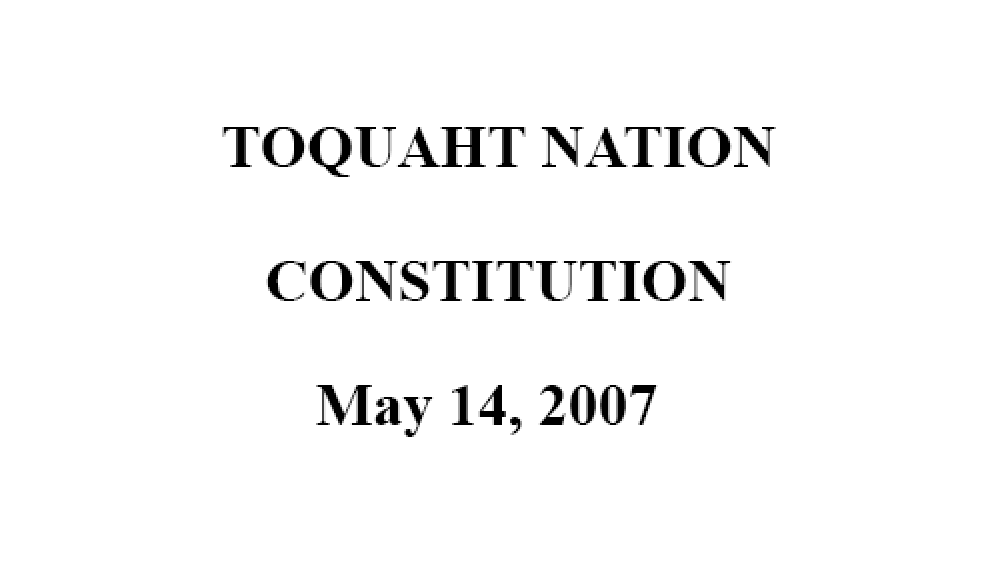
Toquaht Nation: Judiciary Functions/Dispute Resolution Excerpt
CHAPTER 7: DISPUTE RESOLUTION 7.1 On the Effective Date of the Maa-nulth Treaty, the Toquaht Council shall bring into force and effect a Toquaht Nation dispute resolution law which shall provide for, among other things, a public body to address disputes with the Toquaht Nation Government and within…
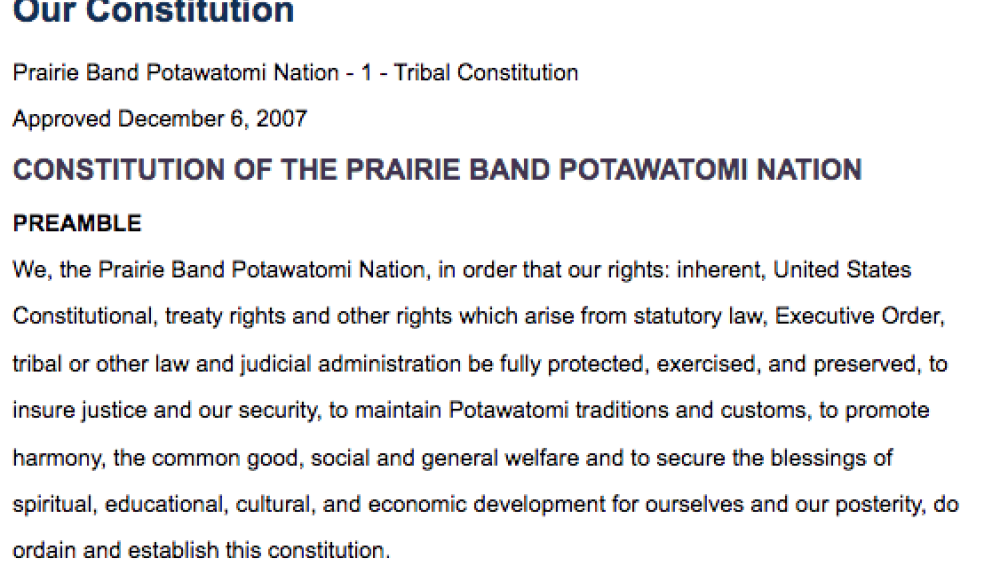
Prairie Band Potawatomi Nation: Distribution of Authority Excerpt
ARTICLE II - LAND Section 1. Recognition. We, the Prairie Band Potawatomi Nation, do not accept a diminishing of our sovereign status as a nation and of our vested or inherent rights by the act of adopting this constitution. Section 2. The Tribal Council shall establish a standing Committee vested…
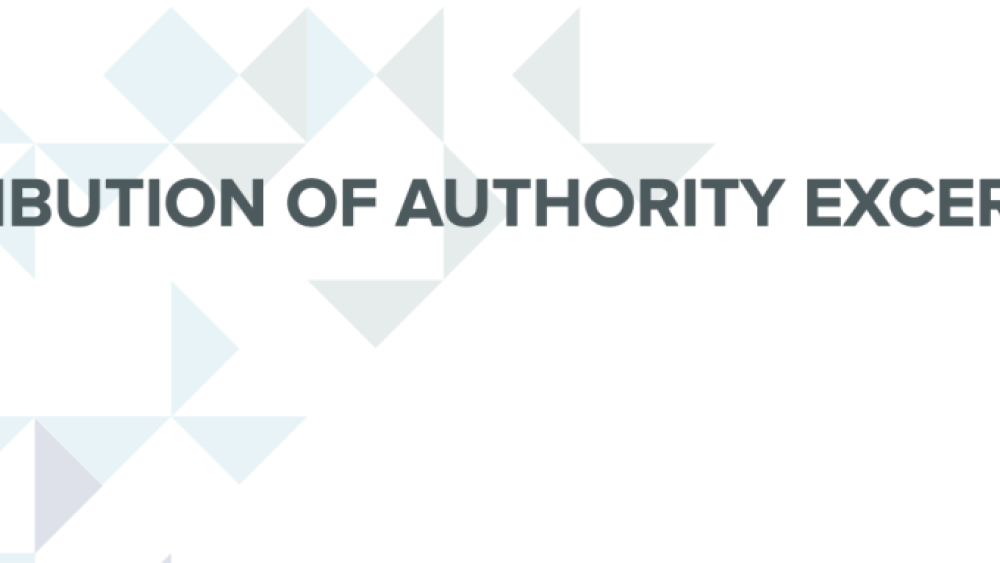
Kaw Nation: Distribution of Authority Excerpt
Section 3. General Council Powers. The General Council shall be the supreme legislative body of the Kaw Nation. A. The General Council is empowered to assist the Tribal Council and may, at its discretion, issue broad policy directives, which shall be dutifully pursued by the Tribal Council. Such…

Osage Nation: Distribution of Authority Excerpt
ARTICLE XV. NATURAL RESOURCES AND MINERALS MANAGEMENT Section 1. General authorityThe legislature of the Osage Nation shall provide for the utilization, development and conservation of all natural resources within the territory of the Nation for the maximum benefit of the Osage…
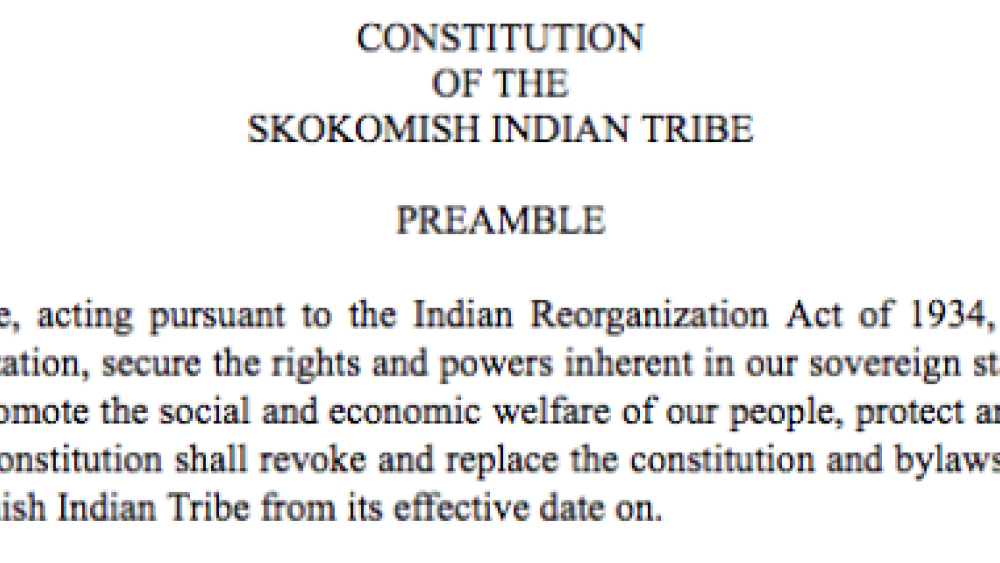
Skokomish Indian Tribe: Initiative & Referendum Excerpt
ARTICLE VIII - INITIATIVE Section 1. Right of Initiative. Voters of the Skokomish tribe shall have the right to cause a vote of the General Council on any legislation proposed by the voters and on any proposed or enacted ordinance or resolution of the Tribal Council. No later than thirty (30…
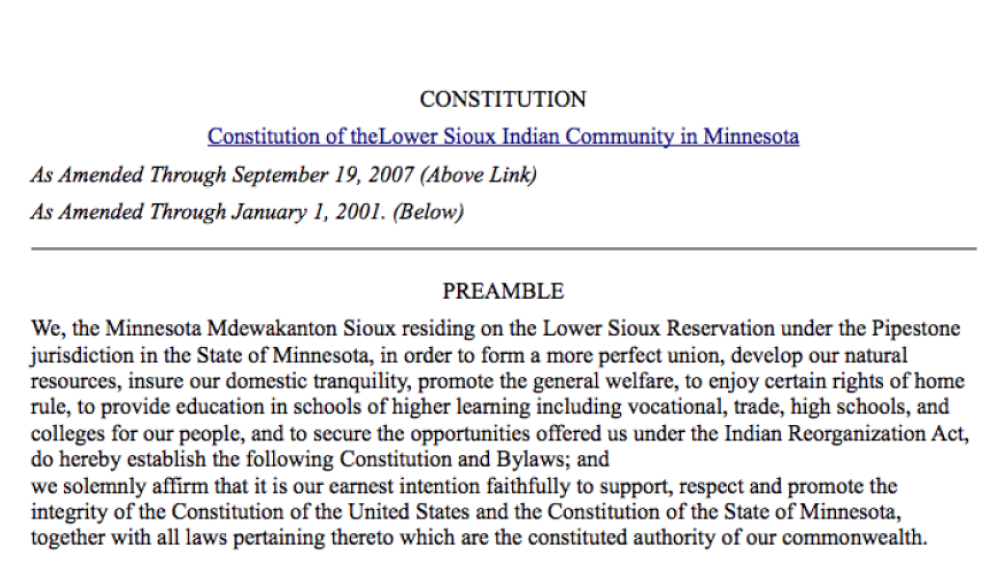
Lower Sioux Indian Community in Minnesota: Governmental Structure Excerpt
ARTICLE IV - GOVERNING BODY SECTION 1. The governing body of the Community organization shall be called "The Community Council of the Lower Sioux Indian Reservation", and shall be composed of five members who shall be duly elected by secret ballot by the qualified voters of the Community... SEC. 5…

Lac du Flambeau Band of Lake Superior Chippewa Indians of Wisconsin: Governmental Structure Excerpt
ARTICLE III - THE GOVERNING BODY Section 1. The governing body of the Lac du Flambeau Band of Lake Superior Chippewa Indians of Wisconsin shall be the Tribal Council. Section 2. The Council shall consist of a President, Vice-President, Secretary, Treasurer, and eight (8) additional members. The…
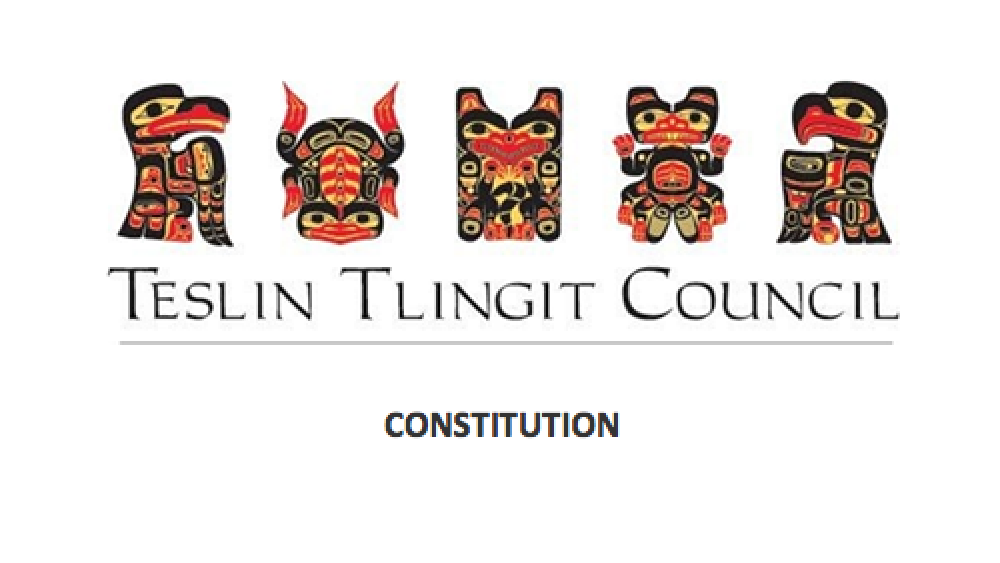
Teslin Tlingit: Governmental Structure Excerpt: Organization
6. ORGANIZATION 6.1 The powers, authority, jurisdiction, responsibility and duties of the Teslin Tlingit Council shall be exercised by one or more of the four branches of the government: the General Council; Executive Council; Elders Council and the Justice Council. 6.2 The four…
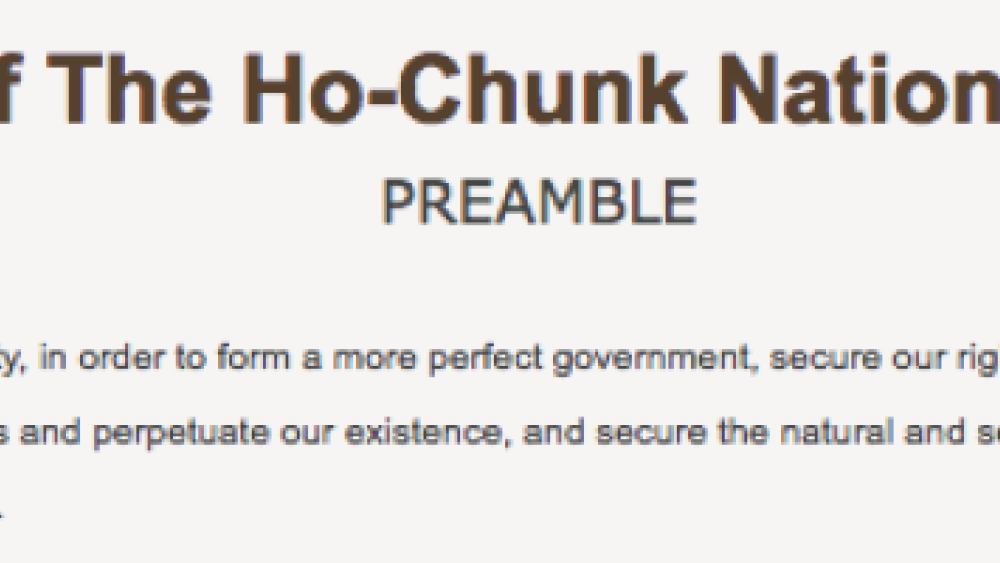
Ho-Chunk Nation: Governmental Structure Excerpt
ARTICLE III - ORGANIZATION OF THE GOVERNMENT Section 1. Sovereignty. The Ho-Chunk Nation possesses inherent sovereign powers by virtue of self-government and democracy. Section 2. Branches of Government. The government of the Ho-Chunk Nation shall be composed of four (4) branches: General Council,…
Pagination
- First page
- …
- 6
- 7
- 8
- …
- Last page
